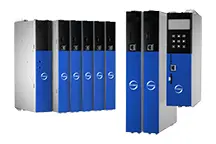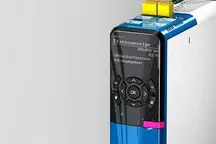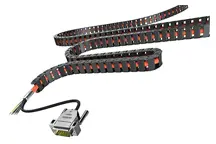Smart winding.
STOBER center winder.
Quality from the roll.
In various industries, such as plastics, paper, textile and sheet metal processing, it is necessary to unwind, wind or rewind continuous material webs with a defined tension for subsequent processing steps.
The choice of a suitable winding process depends largely on the mechanical conditions and the material to be processed. However, the quality of the winding technology also determines the use of a particular winder type, since this plays a key role in further processing.
The challenge.
A winder generally consists of a drive, a material web and – depending on the requirements for performance, etc. – a series of sensors. If the central shaft of the winder is driven, this is called a “center winder” application.
Important:
Constant tension is the only way to prevent the material from tearing or jamming the winder during the process. In addition, the roll changes its diameter during winding or unwinding, becoming thicker or thinner. This is why diameter is a decisive factor in the design of the center winder.
To keep the tension of the material web constant, either a sensor must detect the winding diameter or it must be calculated using multiple system variables – and the speed of the motor is controlled accordingly. The current velocity of the material web and the speed of the winder axis are decisive factors here.
An efficient, flexible solution.
The STOBER solution enables smooth winding, unwinding and rewinding via tensile force control. This gives you flexible, drive-based motion control of the single- and double-axis controllers in our SD6, SC6 and SI6 series with the position, velocity and torque/force control types.
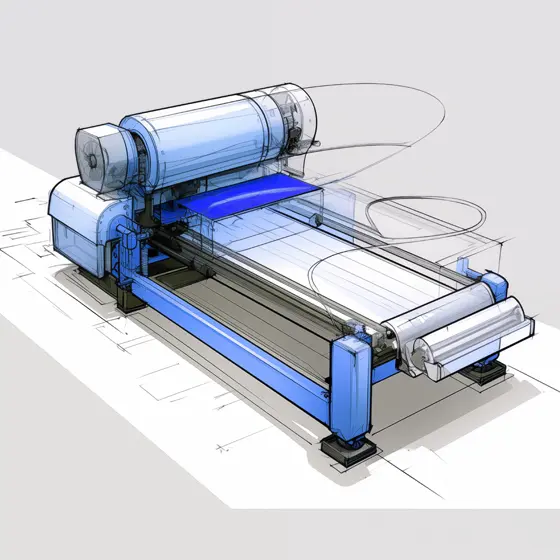
With the STOBER center winder, you can implement indirect tension control, eliminating the need for additional, expensive measuring systems. The material tensile force is based on the process parameter configuration. The motor is operated with the set torque calculated from the material tensile force and winding diameter. The torque limit is adjusted accordingly. It is adapted as a function of the changing winding diameter or the fixed roller diameter of the tension control axis.
Another plus: the application also supports process monitoring in real time.
Your benefit: “By technicians for technicians.”
With our application, you can do without with additional, expensive sensor technology. This results in savings on materials and real costs.
You also benefit from application development in collaboration with a customer from plastic film production, in accordance with the lead-user principle.
Specifically, this means that expert requirements were incorporated as early as the concept phase. Target-oriented, practice-proven testing. Continuously derived modifications. The result speaks for itself.
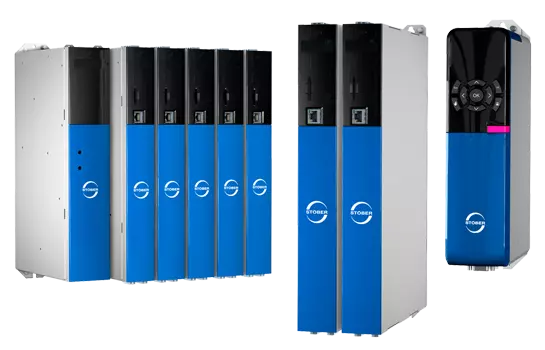
We would be happy to give you advice.
Please contact us.

Since the winder is driven by a central shaft, this application is more complicated. In terms of control technology, it is more complex to operate than other winder drives. For example, a center winder requires friction and acceleration compensation in order to achieve good tension control.
It is important to keep the mechanical loss of the system as low as possible. This means that a suitable motor and an efficient gearbox with low friction loss must be selected. The drive controller also has to have excellent torque and current control.
Our drive system offers the most suitable and efficient solution for all these requirements.
– Matthias Meyering, head of the System Integration Department at STOBER
This might also interest you
6th Generation Drive Controllers
Whether for high-performance systems, highly efficient multi-axis applications or compact modules – the 6th generation from STOBER always has the right drive controller on hand.
Hot topics such as energy efficiency and eco-design are highly relevant at STOBER.
The new hybrid cable connects motors and drive controllers reliably up to 100 meters.
